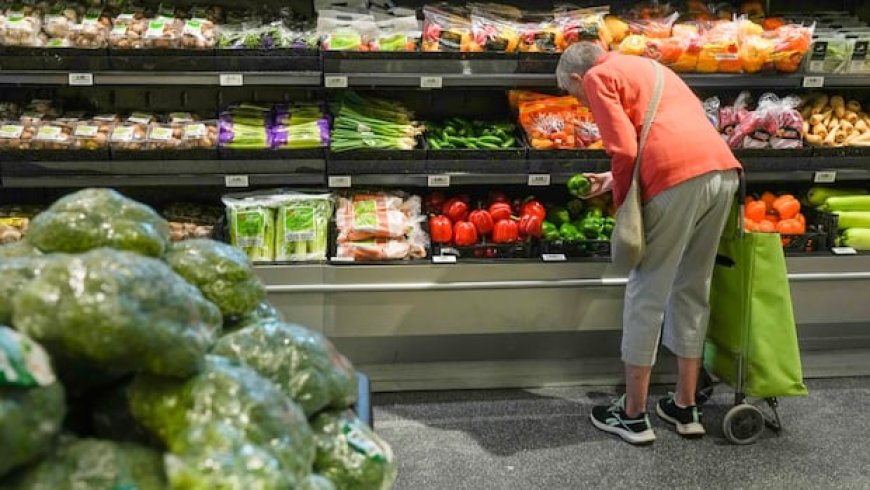Inflation Rate Rises to 1.9% in June Due to Higher Vehicle and Clothing Prices
In June, the inflation rate in Canada increased to 1.9% as the costs of cars, clothes, and groceries went up. The rise in prices was driven by factors such as tariff uncertainty, higher crude oil prices, and geopolitical conflicts. Economists had predicted this increase, and it is unlikely that the Bank of Canada will cut interest rates in response.

The pace of inflation accelerated to 1.9 per cent in June, driven by higher costs for cars and clothes, according to Statistics Canada.
Passenger vehicle prices rose significantly, with a 4.1 per cent increase year over year in June. Used passenger vehicles saw their first year-over-year increase in 18 months. New car prices also went up, with a 5.2 per cent inflation rate in May.
Costs for clothing and footwear rose by two per cent year over year in June, attributed to tariff uncertainty affecting the clothing industry.
In the grocery aisle, prices increased by 2.8 per cent, following a 3.3 per cent rise in the previous month. This was mainly due to price decreases for fresh fruits and vegetables, marking the first decline in that category since October 2021.
Gasoline prices remained nearly unchanged in June, impacted by higher crude oil prices and geopolitical conflicts.
The inflation rate of 1.9 per cent in June aligns with economists' expectations. Douglas Porter, chief economist at BMO Financial Group, noted that inflation did not show significant improvement in June, partly due to trade war pressures pushing up prices.
Porter suggested that it is unlikely for the Bank of Canada to cut interest rates later this month, citing the need for a substantial deceleration in inflation for rate cuts to be considered.
In the U.S., consumer prices rose by 2.7 per cent in June compared to a year earlier, driven by higher gas prices, grocery costs, and appliance prices.
According to the source: CBC.
What's Your Reaction?
 Like
0
Like
0
 Dislike
0
Dislike
0
 Love
0
Love
0
 Funny
0
Funny
0
 Angry
0
Angry
0
 Sad
0
Sad
0
 Wow
0
Wow
0
















































































































































































